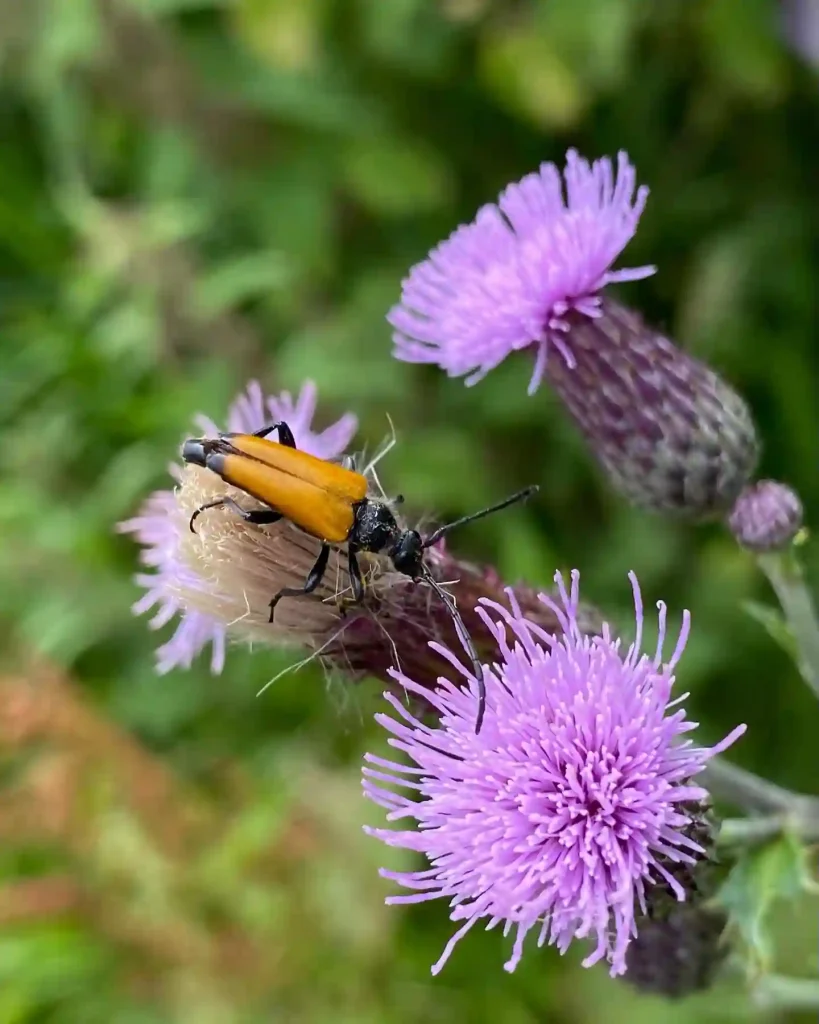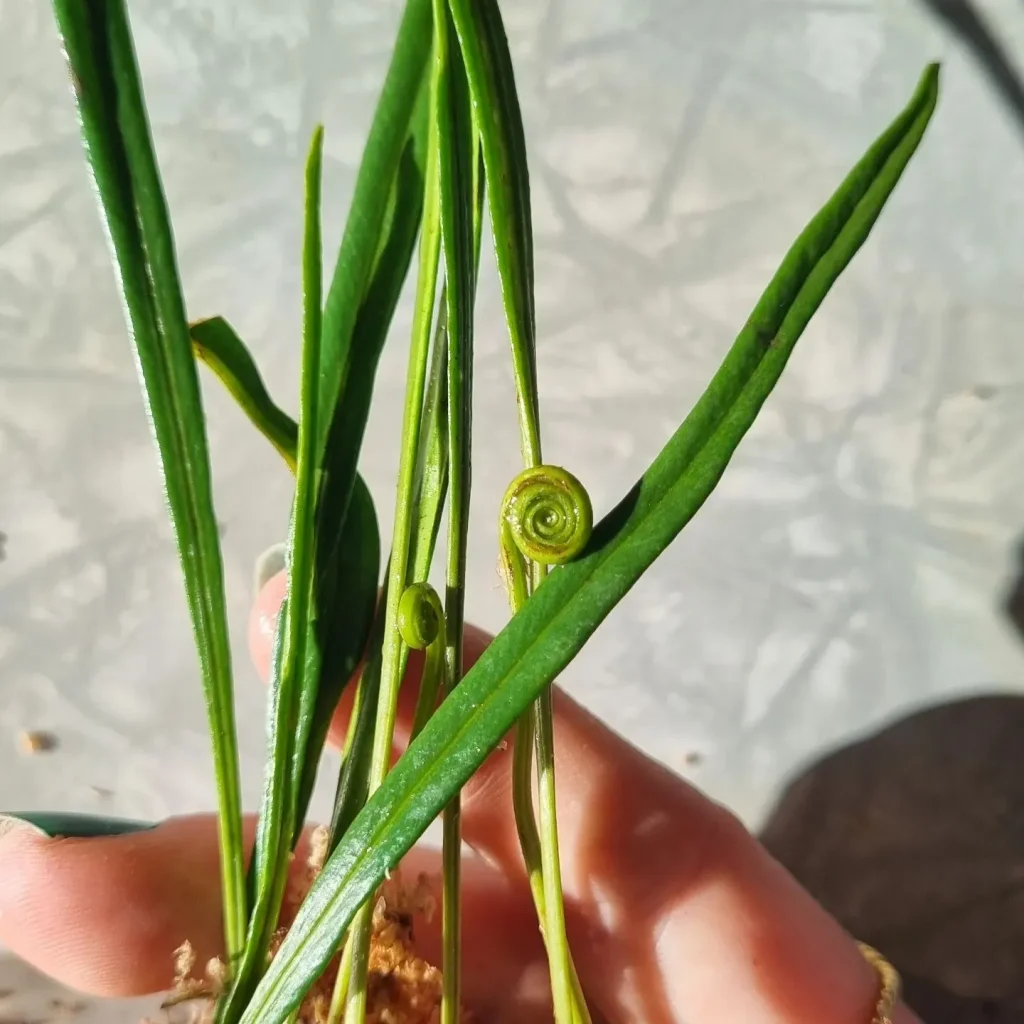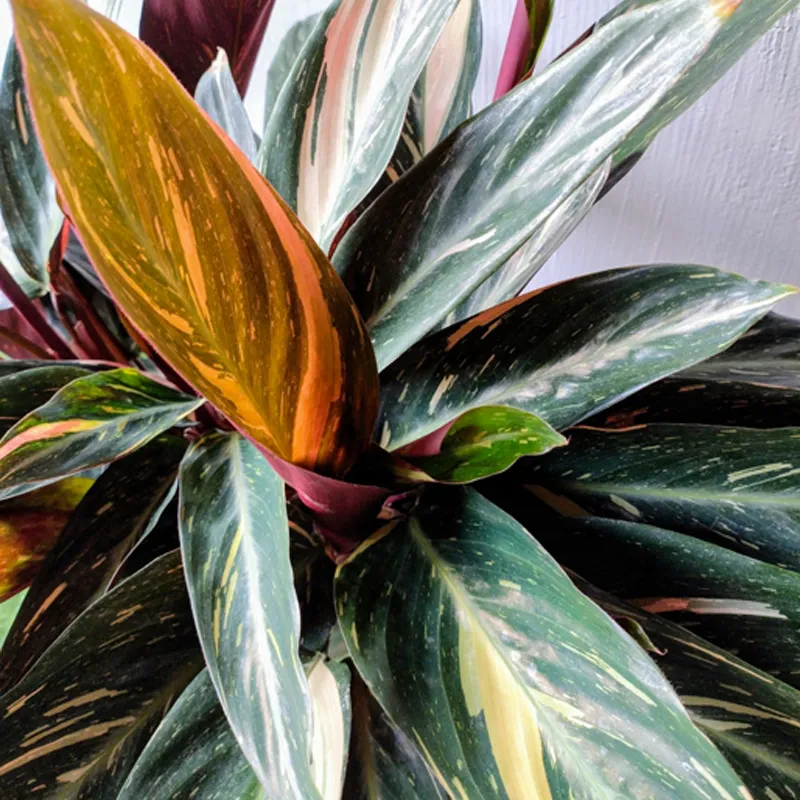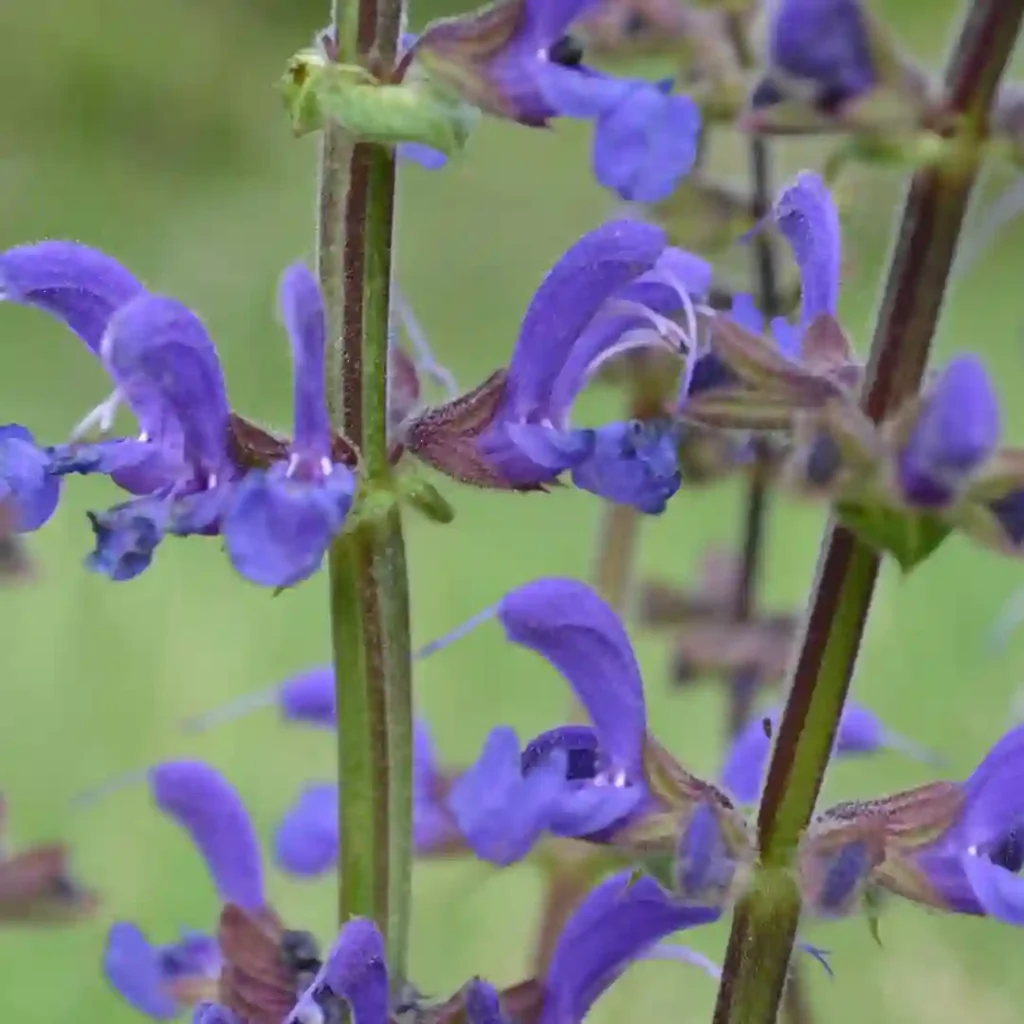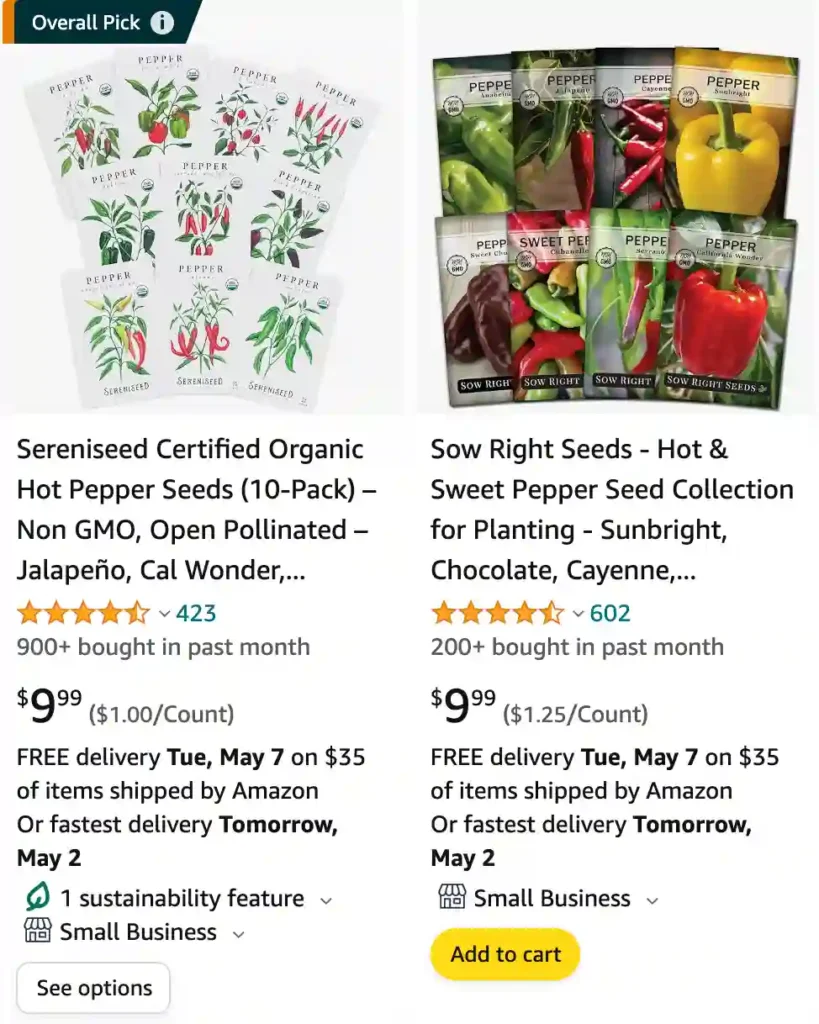
What does a pepper plant look like?
My pepper plants are like little green bushes on my balcony. They’re not huge, maybe knee-high at most, but they’re sturdy with lots of branches. The leaves are a really deep emerald green, smooth and pointy at the tips. They’re kind of glossy, especially after I give them a good watering. Right now, there are a few little white flowers scattered around the branches, some with tiny green peppers just starting to bulge out next to them. It’s amazing to see how delicate the flowers are compared to the chunky peppers they’ll become!
Does pepper plant need support?
My experience with pepper plants is that they definitely benefit from some support, especially as they grow taller and start producing peppers. I learned this the hard way the first time around. My pepper plants seemed fine at first, but once those little peppers started getting bigger, the branches started drooping under the weight. Some even snapped entirely! That’s when I scrambled to put in some stakes. Now, I start them off with a stake right next to the stem when they’re still young and can easily grow upwards with some gentle guidance. It seems to make them much happier and helps them focus their energy on growing big, beautiful peppers instead of fighting to stay upright.
How to prune a pepper plant?
Pruning my pepper plants can feel a little scary at first, but it’s actually pretty rewarding once you see how much it helps them thrive. I usually wait until my plants are a little over a foot tall and focus on those suckers, the little shoots that grow where the main stem meets the branches. They look harmless enough, but they can steal energy the plant needs for peppers. I pinch them off with my fingers when they’re small, or use sharp pruners for the tougher ones. Some folks also recommend topping the main stem early on, which encourages bushier growth. I haven’t tried that myself yet, but maybe this year I’ll give it a go on one of my plants and see how it compares!
What is eating my pepper plant leaves?
Ugh, the struggle is real! Just this morning, I noticed some chomped-up leaves on my pepper plants. It’s hard to say for sure without getting a closer look, but there are a few usual suspects. Based on the damage, it could be those pesky tomato hornworms. They’re these green monsters that blend in with the leaves, but they leave giant holes in their wake. I’m always on the lookout and handpick them off whenever I spot them. Another culprit could be those tiny green aphids. They cluster on the undersides of leaves and suck the juices out, making the leaves all curled up and sad. If I see them, I blast them with a strong stream of water from the hose. It might not completely get rid of them, but it knocks them off and buys me some time. I’m going to have to spend some more time inspecting my plants closely. Wish me luck in the battle against the pepper-leaf chompers!
How to plant a pepper plant?
My pepper-planting journey started with tiny seedlings from the local nursery. I learned pretty quickly that these little guys need some TLC before they can become pepper-producing powerhouses. Here’s what worked for me: first, I waited until the danger of frost had completely passed. Then, I found a nice sunny spot on my balcony – at least 6 hours of sun a day is key! I filled pots with a good quality potting mix, making sure it drained well ( soggy roots are no bueno for peppers). I dug a small hole in each pot, just deep enough for the seedling to sit comfortably at the same level it was in its nursery pot. Gently but firmly, I filled the hole back in with soil, patting it down to keep the plant secure. The last step was a good watering to help everything settle in. Now, I just keep the soil moist (not soaking!), give them a little fertilizer every now and then, and watch those tiny peppers grow into deliciousness!
Why are my pepper plant leaves curling?
Oh no, curling pepper plant leaves! That’s happened to me a few times, and it’s always frustrating trying to figure out what’s wrong. It could be a couple of things. Sometimes, when the weather gets really hot here, and it hasn’t rained in a while, the leaves curl inwards. It seems like the plant is trying to cup itself to hold onto moisture. In that case, I usually give them a good, deep watering and maybe even mist them a little with a spray bottle in the evenings. That usually perks them back up within a day or two.
On the other hand, if the soil feels constantly damp, even after I haven’t watered in a while, then it might be overwatering. Pepper plants don’t like soggy roots, and that can stress them out and make the leaves curl. If that’s the case, I ease off on the watering and maybe check the drainage holes in the pots to make sure they aren’t clogged. Luckily, with a little detective work, I can usually figure out what’s ailing my pepper plants and get those leaves nice and flat again. Here’s to hoping it’s a simple fix for yours too!
Why are my pepper plant leaves turning yellow?
There are a couple of reasons why my pepper plant leaves might be turning yellow, and it’s always a bit of a guessing game until I figure it out. One culprit could be underwatering. If I’ve been neglecting them on the watering front, the leaves, especially the lower ones, will start to lose their vibrant green color and turn pale yellow. It’s my plant’s way of saying “hey, I’m thirsty!” Luckily, a good soaking usually brings them back to life.
The other main suspect for yellowing leaves is a lack of nutrients. Pepper plants are hungry feeders, especially when they’re growing lots of peppers. If I haven’t been fertilizing them regularly, the essential nutrients they need might be running low. Nitrogen deficiency is a common one, and that often shows up as yellowing leaves on the lower part of the plant first. To combat this, I’ll usually give them a diluted dose of fertilizer specifically formulated for peppers. With a little feeding frenzy, those yellow leaves should slowly turn green again. Here’s to hoping it’s a simple fix for my pepper plants and yours too!
How long can a pepper plant live?
In my experience, pepper plants aren’t exactly long-lived companions. Most sources say they’re annuals, lasting just one season, but I’ve pushed mine a bit further. If you give them the right care, like keeping them warm and sunny and giving them some fertilizer love, you might be able to get a second season out of them.
I’ve had the best luck with some of the hotter pepper varieties like jalapenos. With those, I’ve been able to keep them going for two, maybe even three years by bringing them indoors before the first frost and giving them some TLC over the winter. I prune them back a bit, keep them in a sunny spot inside, and water them less frequently. Then, come spring, I harden them off and put them back outside, where they happily surprise me with another round of peppers.
But for most pepper plants, especially the bell peppers, I find it’s just easier to start fresh each year from seedlings. It’s kind of fun to see them grow from little sprouts into pepper-producing machines anyway!
How much water does a pepper plant need per day?
The amount of water a pepper plant needs per day isn’t a fixed amount, but rather depends on several factors. Here’s what I’ve learned from my own pepper-growing adventures:
- It’s more about the soil moisture than a set amount: Instead of giving them a specific amount of water each day, I focus on keeping the soil evenly moist but not soggy. Sticking my finger in the soil to check dryness is key.
- The weather plays a big role: Hot, sunny days will definitely dry out the soil faster than cool, cloudy ones. During heat waves, my pepper plants in pots might need water every day, while on cooler days they might be happy for a couple of days between waterings.
- Plant size matters: Bigger, more mature pepper plants with lots of peppers will naturally need more water than smaller seedlings.
- Potting situation: Plants in pots tend to dry out faster than those in the ground because the soil volume is smaller. So, my potted peppers need more frequent watering compared to any I might plant in a garden bed.
Overall, it’s better to underwater slightly than overwater. Pepper plants can recover from a little thirst, but soggy roots can lead to bigger problems. The best way to find the perfect watering routine for your pepper plants is to pay attention to their individual needs and adjust accordingly.
Can a pepper plant survive without leaves?
No, a pepper plant unfortunately cannot survive for long without leaves. Leaves are essential for a plant’s life for a couple of reasons:
- Food Production: Leaves are like little solar panels for the plant. They use sunlight, water, and carbon dioxide in a process called photosynthesis to create carbohydrates, which are the plant’s food. Without leaves, the plant can’t make its own food and will starve.
- Breathing: Plants also breathe, but not in the same way we do. They take in carbon dioxide through tiny openings on the underside of their leaves. Without leaves, they wouldn’t be able to take in the CO2 they need for respiration.
There might be a chance for a pepper plant to survive for a very short time without leaves if it still has healthy stems and roots. But it would be using up any stored energy it has and wouldn’t be able to recover on its own.
However, if the stem and some nodes (the little bumps where leaves grow) are still healthy, there’s a chance it could sprout new leaves with some care. But it would be a tough battle for the plant, and it’s definitely not ideal.
How deep do pepper plant roots grow?
In my experience, pepper plants tend to have surprisingly deep roots for their size. They might not look like it with their bushy tops, but those roots can travel far underground! Here’s what I’ve seen:
- Generally deep, but not tree-like: Most sources say pepper plant roots can reach depths of 12 to 18 inches, sometimes even up to 2 feet. That’s pretty impressive considering the plant itself might only be knee-high.
- Sprawling seekers: While the taproot goes down deep, pepper plants also have extensive lateral roots that spread out horizontally. These can reach even further than the taproot, sometimes extending several feet outwards in search of water and nutrients.
- Happy roots, happy plants: Having deep roots is a good thing for pepper plants. It allows them to access water and nutrients from a wider area, especially during hot, dry spells when the top layer of soil dries out.
- Bigger pots for ambitious roots: When planting peppers in containers, I’ve learned that bigger is definitely better. Deep pots allow the roots more room to grow, which translates to happier and more productive plants.
So, even though pepper plants may seem small and unassuming above ground, don’t underestimate their root system! Those hidden depths are what keep them thriving and producing delicious peppers.
If i die, water my plants!
